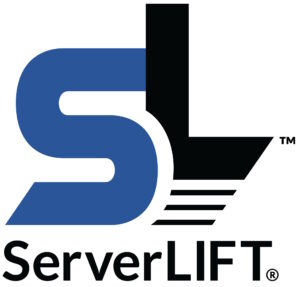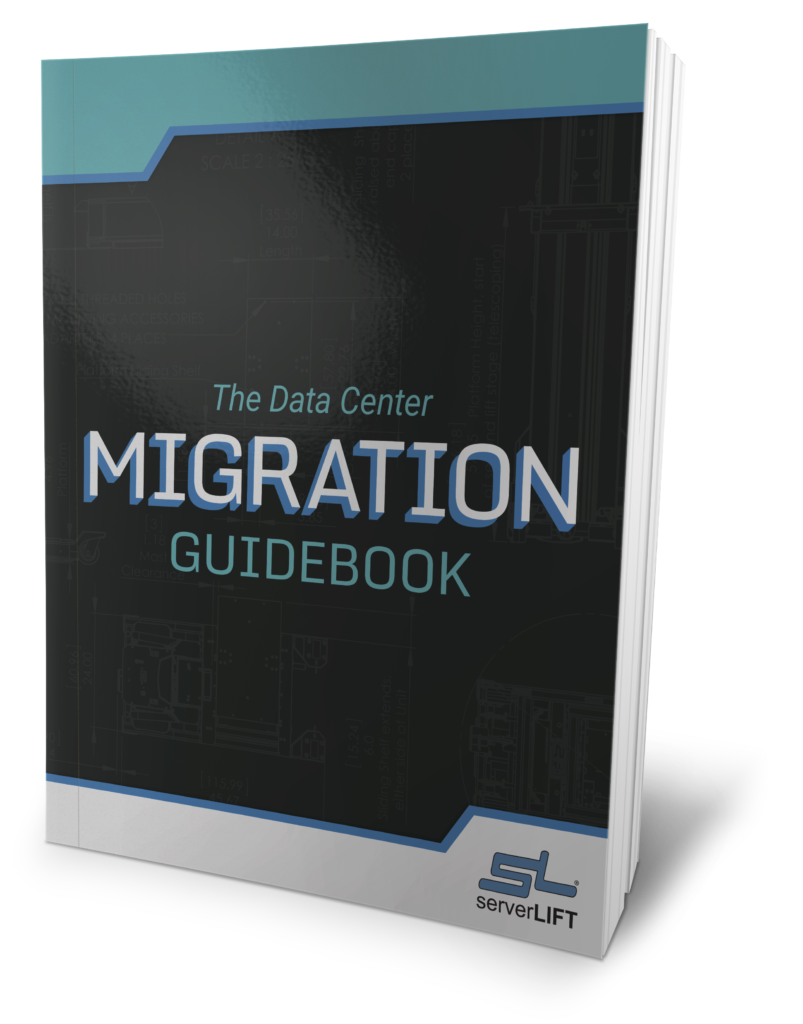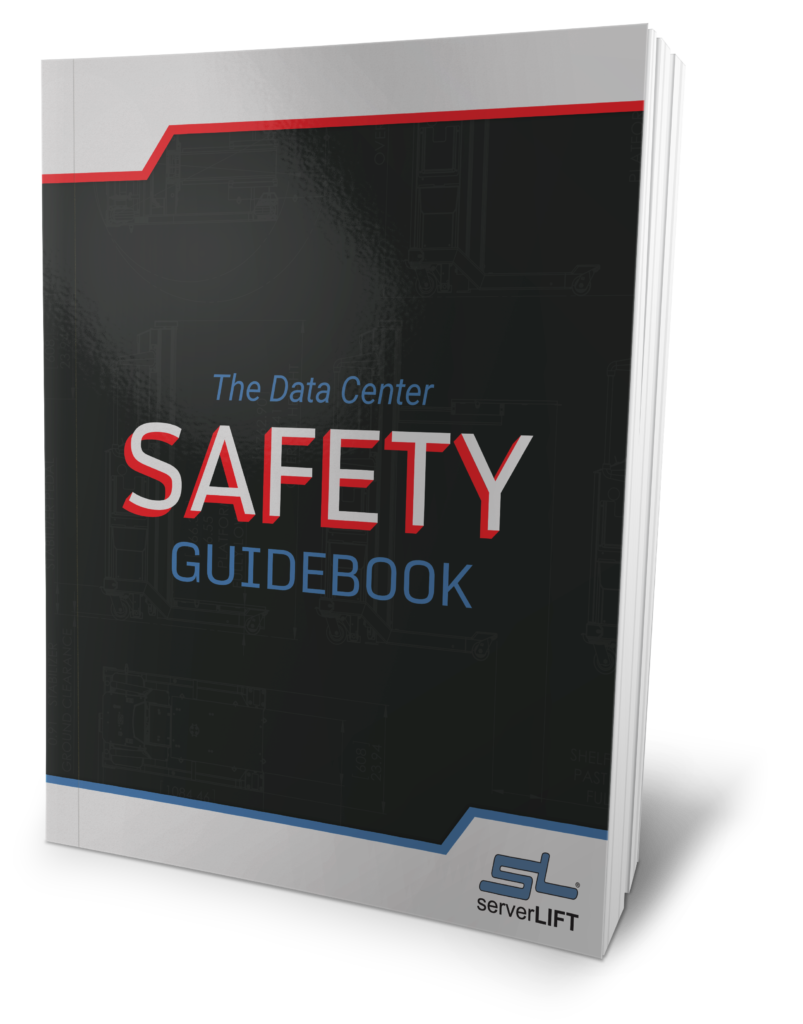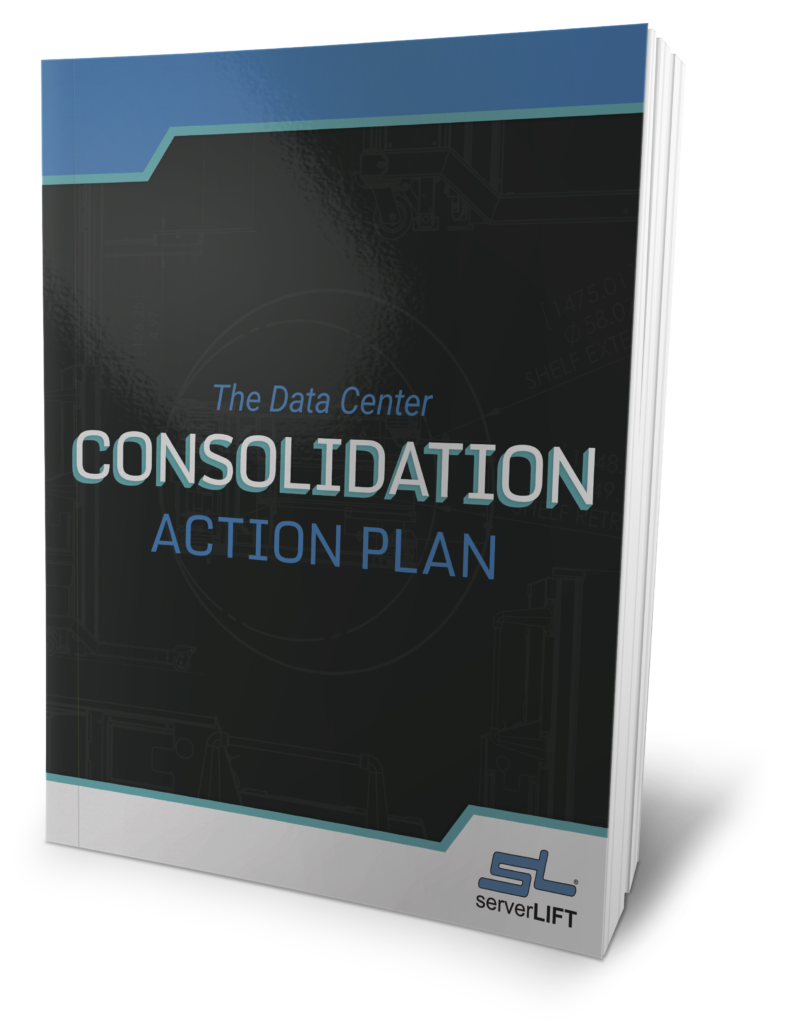Updated for 2022:
Exponential data growth is a critical challenge for the IT industry. Every day, organizations face the daunting task of migrating or relocating their data centers. Companies might need to plan for a data center relocation because of potential cost savings, the need for more physical space, and security/compliance issues. Whatever the reasons, data center relocation is a high-risk operation and a big effort to tackle.
Data center relocations and migrations are inevitable. Modern data centers typically move three to five times, with 53% of companies expecting to move within the next few years, according to senior project manager Shawn Simon of National Computer Warehouse Services, LLC (NCWS).
The most common data center moves, according to Simon, involve two types of workers:
- In-House Staff. In-house staff may move servers daily, but they are often not prepared for the difficult and fast nature of a massive server deployment during a data center migration or relocation. They should prepare for it in conjunction with professional movers and stay involved in the planning proces
- Professional Data Center Movers – Professional movers take care of the physical move, including handling servers that have been packed and prepared as freight, and all of the big items such as cabinets and furniture. It’s best to partner with an experienced company that has extensive knowledge of the intricacies involved in a data center move.
-
Involving in-house staff, including management, financial decision-makers, and facilities maintenance, can help avoid surprises and gain company-wide buy-in. Early in the process, establish and practice coordinating efforts between in-house staff and professional movers.
How To Choose A Professional Data Center Moving Team
Hiring professional movers for data center migrations isn’t like hiring residential or warehouse movers. Though you may come across some warehouse moving teams that claim they can help with data center relocations and migrations, contracting with a company that doesn’t specialize in moving servers and other sensitive IT equipment may not result in a good experience.
One reason is because general movers don’t know how to safely disconnect and reconnect your servers and other devices. Another reason is that their moving equipment—usually warehouse lifts and hand carts—is not designed to move your sensitive, expensive hardware.
To ensure the process of moving to a new data center is smooth and painless, you can use the following checklist to help you evaluate whether a potential moving company will adequately meet your needs.
Data Center Moving Company “Must Haves”
|
Once you’ve found a data center moving company you’re comfortable with, it’s time to dig into the details.
While all data center migration projects require some custom decisions based on the needs of your company, there are standard best practices that will make migration or relocation easier. This checklist includes important aspects that should be considered before the move:
Checklist For Data Center Moves
1. Project Planning
- For large moves, choose an experienced, certified, and insured moving company with data center experience.
- Establish and practice coordination between the data center movers and in-house staff.
- Develop a budget and a Data Center Relocation Blueprint, including:
- Planning time and effort
- New facility acquisition, evaluation, and renovation costs
- Additional staff
- Overtime
- Relocation company cost
- Risk identification
- Contingency plan
- Possible server replacement or diversification
- Cooling requirements
- Infrastructure acquisitions and modifications
- Wiring/cabling
- Schedule all deployment and re-installation events
- Verify inventory of all hardware and virtual system elements, noting:
- Equipment condition
- Size
- Weight
- Serial numbers
- Review and update the full system diagram
2. Pre-Deployment Documentation, Warranty, and Insurance Coverage
-
- Review equipment manufacturer warranties
-
- Current coverage
- Possible limitations affecting installation or removal of servers
-
- Review equipment manufacturer warranties
- Verify and review internal insurance policies
- Verify and understand mover’s insurance coverage terms and conditions
3. Pre-Server Deployment
- Prepare the target server area
-
- Network connectivity
- Internet connectivity
- Layout/server room diagram
- Network cabling
- Power management
- Rack placement
- VPNs
- DNS
- Network connectivity
- Prepare in-house deployment staff
-
- Safety procedure training
-
- Training session/rehearsal of the server deployment protocol, including:
- Labeling and packing equipment
- Cables
- Rails
- Training session/rehearsal of the server deployment protocol, including:
-
- Pair experienced partners with first-timers
-
- Remind staff of availability and importance of the data center lift for server:
- Installation/removals
- Transportation
- Positioning
- Remind staff of availability and importance of the data center lift for server:
-
- Arm leaders with program timelines and server room diagrams
-
- Advise staff and clients of upcoming system downtime
- Schedule project manager to work onsite from start through sign-off
-
-
4. Preparing In-House Hardware and Software
-
- Review and update diagrams and lists for each rack
- Verify in-cabinet physical availability
- Verify safe stored backup copy
- Review and update diagrams and lists for each rack
- Verify complete virtual assets backup
- Identify and schedule upgrades to perform during migration
- Inventory all hardware and virtual system elements
- Identify and remove unnecessary abandoned cables
- Verify availability of impact, moisture, and other hazard-resistant packing materials
5. Execution of Server Deployment
- Mirror power requirements when changing cabinets
- Shut down servers, storage, and networking devices according to established protocol
- Inspect, clean, repair, and re-inventory all items prior to reloading racks
- Ensure project manager sign-off on hardware list and scheduled tests once all items are deployed and inventoried
Planning and Finding the Best Professional Movers Will Pay Off
Fortunately, while the actual move is fast-paced, it is also short-lived. Most of the effort lies in effective planning. Help yourself and your coworkers avoid as much stress as possible by investing time and effort in collaborative planning.
Skillful coordination and cross-device collaboration will minimize potential difficulties that could arise. Utilizing a specialized consultant or migration coordinator for the project can help your team avoid common pitfalls.
You should also keep safety at the forefront during the entire moving process. A safe move is a smooth move, which, in turn, reduces the risk of downtime, injury, or damaged equipment. And starting early will give you the time to make sure every step is executed flawlessly.










